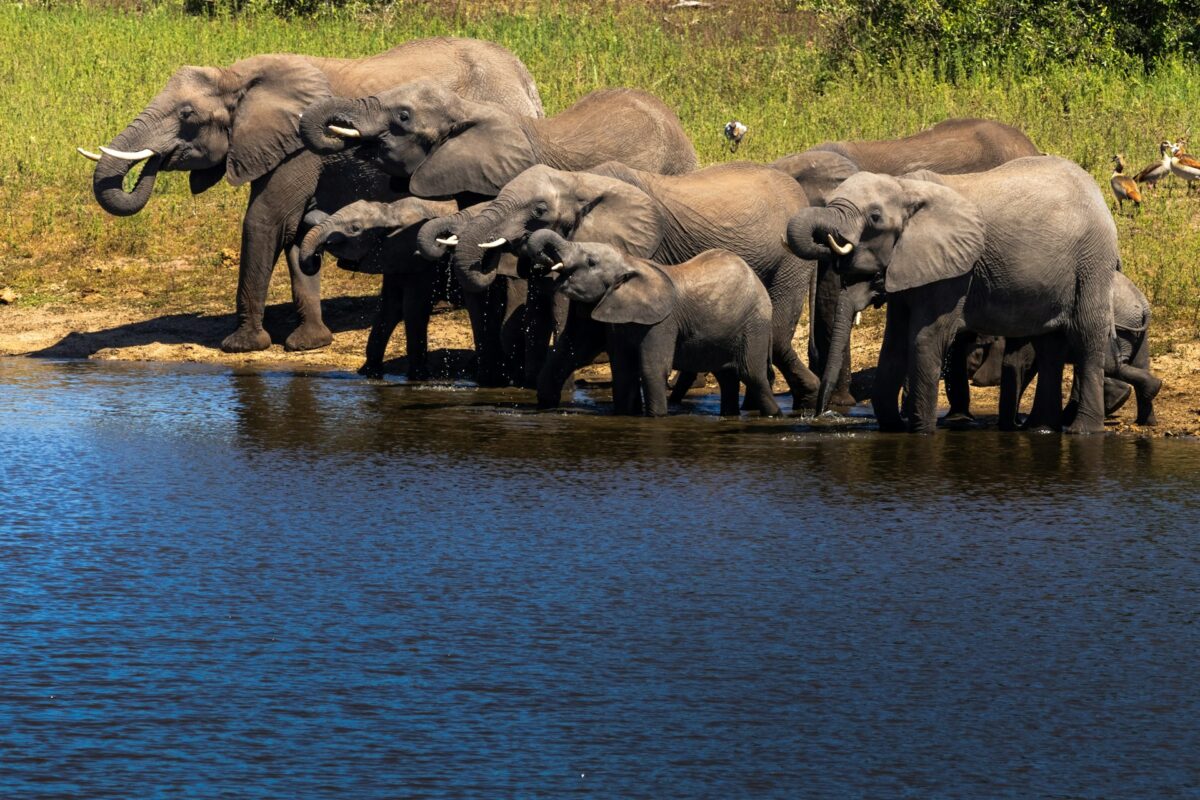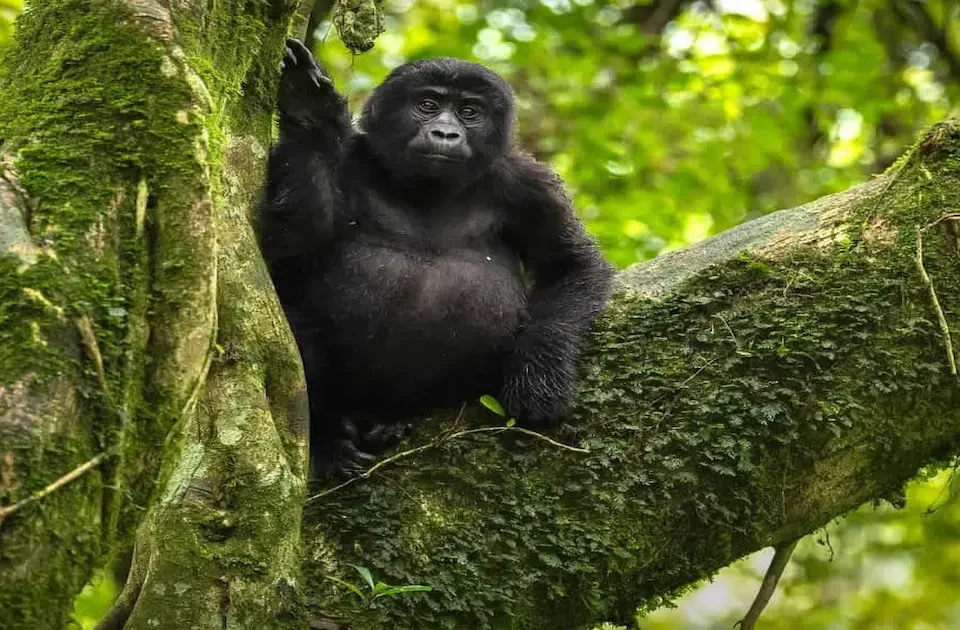Uganda, the “Pearl of Africa,” offers an unparalleled safari experience, boasting diverse landscapes, incredible wildlife, and the majestic mountain gorillas. But when exactly is the best time to visit Uganda for safari to ensure you get the most out of your adventure? Understanding Uganda’s distinct dry and wet seasons is key to planning an unforgettable trip.
Understanding Uganda’s Climate: Dry vs. Wet Seasons
Uganda experiences two main seasons:
- Dry Seasons: Generally from June to August and December to February.
- Wet Seasons: Generally from March to May and September to November.
Each season offers unique advantages and considerations for your safari.
The Absolute Best Time to Visit Uganda for Safari: Dry Seasons (June-August & December-February)
If your primary goal is optimal wildlife viewing and more comfortable trekking conditions, the dry seasons are widely considered the best time to visit Uganda for safari.
Why the Dry Season is Ideal:

- Concentrated Wildlife: As water sources dwindle, animals gather around remaining waterholes and rivers, making them easier to spot.
- Thinner Vegetation: With less foliage, visibility is greatly improved, making it easier to spot animals in the bush.
- Easier Trekking Conditions: Trails for gorilla and chimpanzee trekking are less muddy and slippery, making the experience more enjoyable and less challenging.
- Lower Malaria Risk: Fewer mosquitoes due to less standing water.
- Sunny Skies: Generally clear skies, perfect for photography and enjoying the landscapes.
- Best Activities During Dry Seasons:
- Game Drives: Excellent for spotting lions, elephants, leopards, buffalo, and more in parks like Queen Elizabeth, Murchison Falls, and Kidepo Valley.
- Gorilla and Chimpanzee Trekking: Optimal conditions in Bwindi Impenetrable Forest and Kibale National Park.
- Bird Watching: While good year-round, dry seasons offer clear views of resident birds.
Visiting During the Wet Seasons (March-May & September-November)
While often overlooked, the wet seasons, also known as the “green seasons,” can also be a rewarding time to visit Uganda for safari, especially for specific interests.
Advantages of the Wet Season:
- Lush Landscapes: The country transforms into a vibrant, green paradise, offering stunning photographic opportunities.
- Fewer Crowds & Lower Prices: With fewer tourists, lodges often offer discounted rates, providing a more intimate safari experience.
- Migratory Birds: A birder’s paradise, with numerous migratory species arriving.
- Calving Season: A chance to witness newborn animals.
- Challenges of the Wet Season:
- Muddy Roads and Trails: Can make game drives and trekking more challenging, sometimes requiring 4×4 vehicles.
- Reduced Visibility: Thicker vegetation can make wildlife spotting harder.
- Increased Mosquitoes: Higher risk of malaria.
Gorilla Trekking: When is the Best Time?
For gorilla trekking, the dry seasons (June-August and December-February) are highly recommended. The trails are less slippery, and the dense forest floor is more manageable. However, permits can be scarce and need to be booked well in advance. Trekking during the wet season is possible and can be very rewarding if you don’t mind the mud, and permits are often easier to secure.
Chimpanzee Trekking: Similar Considerations
Similar to gorillas, chimpanzee trekking in Kibale National Park is best enjoyed during the drier months for easier navigation through the forest. However, chimpanzees are vocal and active year-round, so a wet season trek can still offer fantastic encounters.
Planning Your Uganda Safari: Beyond the Seasons
While knowing the best time to visit Uganda for safari is crucial, also consider:
- Your Budget: Wet seasons often offer better value.
- Specific Interests: Are you a keen birder? Do you prioritize lush landscapes or ease of wildlife spotting?
- Permit Availability: Especially for gorilla trekking, book well in advance regardless of the season.
Ultimately, the best time to visit Uganda for safari depends on your priorities. For classic wildlife viewing and comfortable trekking, the dry seasons (June-August and December-February) are superior. However, for a unique experience, fewer crowds, and stunning green scenery, the wet seasons offer a compelling alternative. Whichever you choose, Uganda promises an unforgettable adventure!


